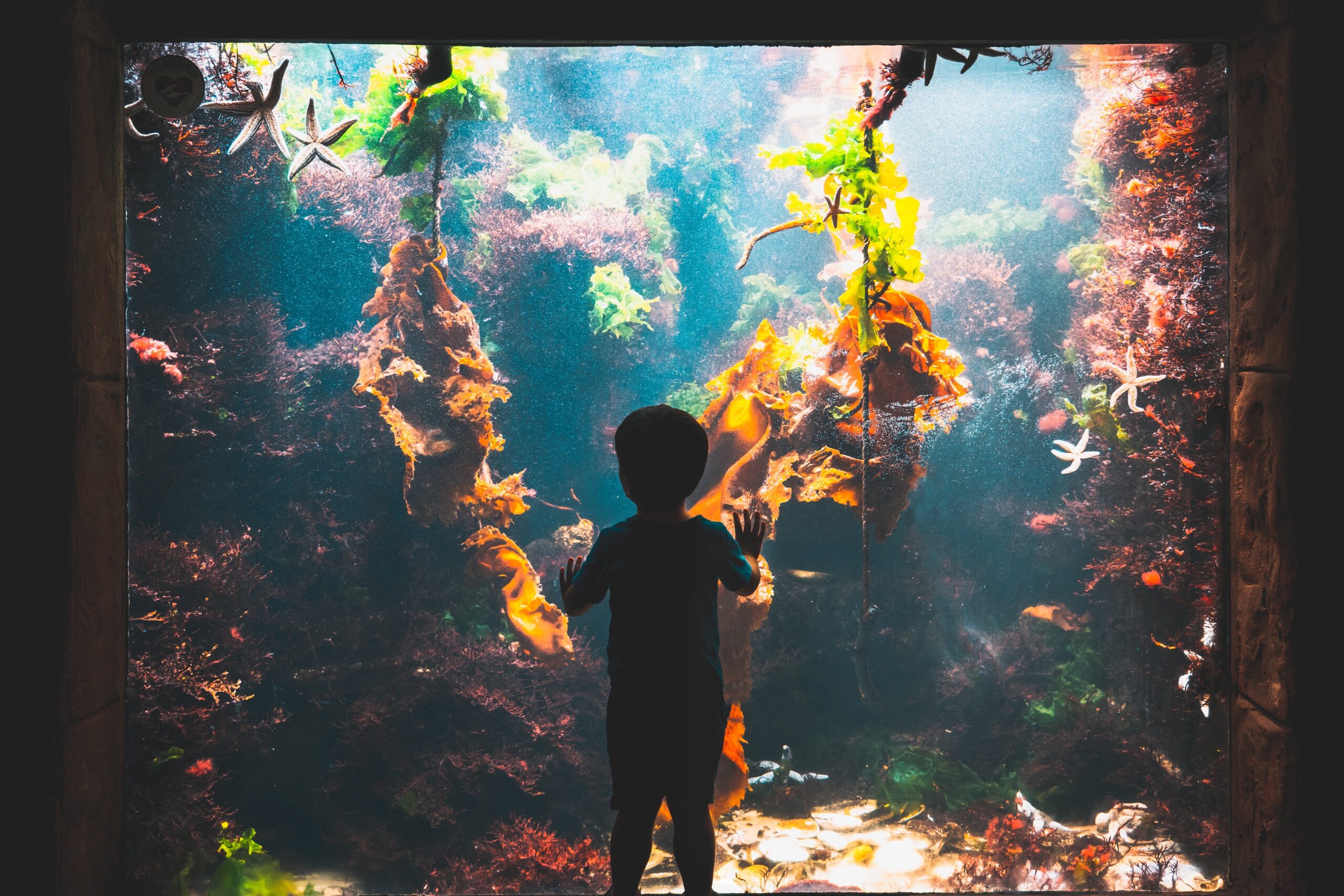Aquascaping is an art form that transforms aquariums into captivating underwater landscapes. Beyond aesthetics, a well-designed aquascape promotes the health and happiness of your aquatic inhabitants. In this comprehensive guide, we’ll explore a myriad of tips to help you master the art of aquascaping, creating a visually stunning and thriving aquatic environment.
Aquascaping is the marriage of artistic design and practical fishkeeping. It involves arranging plants, rocks, driftwood, and other elements in your aquarium to create a visually appealing and natural-looking underwater landscape. The benefits of aquascaping go beyond aesthetics; a well-designed tank promotes the well-being of your fish and plants, fostering a balanced ecosystem.
Chapter 1: Planning Your Aquascape
1.1 Researching Aquatic Plants and Fish
Before diving into aquascaping, research the specific needs of the plants and fish you plan to include. Consider factors such as water temperature, pH levels, and compatibility between species. Choose plants and fish that thrive in similar conditions to simplify maintenance.
1.2 Defining Your Aquascape Style
Identify the style of aquascape you want to achieve. Popular styles include Nature Aquarium, Dutch Aquarium, and Iwagumi. Each style has its unique characteristics, guiding your choice of plants, hardscape, and overall layout.
1.3 Sketching Your Design
Create a rough sketch of your aquascape design. Outline the placement of plants, rocks, and other elements. This visual guide will help you envision the final look and ensure a harmonious arrangement.
Chapter 2: Choosing the Right Substrate
2.1 Importance of Substrate
The substrate serves as the foundation for your aquascape, providing essential nutrients for plant growth and a natural environment for bottom-dwelling fish. Choose a substrate that complements your chosen aquascape style and supports the needs of your plants.
2.2 Substrate Options
Explore various substrate options, including gravel, sand, and specialized planted tank substrates. Each type has its advantages, influencing water chemistry, and plant growth. Select a substrate that aligns with your aquascape vision and the requirements of your chosen flora.
Chapter 3: Hardscaping with Rocks and Driftwood
3.1 Selecting Hardscape Materials
Rocks and driftwood are essential elements that contribute to the structure and aesthetics of your aquascape. Choose materials that are inert, won’t alter water chemistry, and are aquarium-safe. Popular choices include lava rock, dragon stone, and Malaysian driftwood.
3.2 Creating Focal Points
Strategically place rocks and driftwood to create focal points within your aquarium. Use the rule of thirds to guide placement, emphasizing key features and drawing the viewer’s eye into the scene.
3.3 Balancing Heights and Proportions
Achieve a sense of natural balance by varying the heights and proportions of your hardscape elements. Taller rocks or driftwood can create visual interest and mimic the natural vertical structure found in aquatic environments.
Chapter 4: Implementing Plant Selection and Placement
4.1 Types of Aquatic Plants
Choose a mix of foreground, midground, and background plants to create depth and dimension in your aquascape. Consider low-maintenance options for beginners, such as Anubias, Java Fern, and Cryptocoryne.
4.2 Arranging Plants for Aesthetic Appeal
Experiment with different arrangements to find the most visually appealing placement for your plants. Consider the growth patterns, colors, and textures of each plant species, creating a harmonious composition.
4.3 Adding Moss and Carpeting Plants
Incorporate moss and carpeting plants to enhance the natural look of your aquascape. Mosses like Java Moss can be attached to rocks and driftwood, while carpeting plants like Dwarf Baby Tears can create a lush foreground.
Chapter 5: Implementing Lighting and CO2
5.1 Importance of Proper Lighting
Provide adequate lighting to support photosynthesis and plant growth. Consider the intensity, spectrum, and duration of light, tailoring it to the needs of your chosen plants. LED lights are popular for their energy efficiency and customizable settings.
5.2 Carbon Dioxide (CO2) Injection
For lush plant growth, consider supplementing carbon dioxide (CO2) in your aquarium. CO2 injection enhances photosynthesis, promoting healthier and more vibrant plants. Choose between DIY CO2 setups or advanced pressurized systems based on your experience and budget.
Chapter 6: Maintaining Water Quality
6.1 Regular Water Changes
Perform regular water changes to maintain water quality. Regular water changes remove excess nutrients, prevent the buildup of harmful substances, and promote a healthy environment for your fish and plants.
6.2 Monitoring Water Parameters
Use water test kits to monitor essential parameters such as pH, ammonia, nitrite, and nitrate. Keeping these levels within the optimal range ensures the well-being of your aquatic inhabitants and prevents common issues like algae overgrowth.
6.3 Algae Control Strategies
Algae can be a common challenge in planted tanks. Implement algae control strategies such as maintaining proper lighting, controlling nutrient levels, and introducing algae-eating organisms like snails or small fish.
Chapter 7: Creating a Balanced Ecosystem
7.1 Introducing Fish and Invertebrates
Select fish and invertebrates that complement your aquascape and coexist peacefully. Consider the specific requirements of each species and their compatibility with the chosen plants.
7.2 Utilizing Natural Behavior
Observe the natural behavior of your fish and design the aquascape to accommodate their instincts. Provide hiding spots, swimming areas, and territories to create a balanced and stress-free environment.
7.3 Maintaining Biodiversity
Encourage biodiversity by incorporating a variety of plant and animal species. A diverse ecosystem is more resilient, and each species contributes to the overall health of the aquarium.
Aquascaping is a rewarding journey that combines creativity with responsible fishkeeping. By carefully planning your design, selecting suitable materials, and maintaining optimal conditions, you can create a stunning and healthy aquatic masterpiece. Embrace the artistry of aquascaping, and watch as your underwater world flourishes with life and beauty. Happy aquascaping!


azithromycin 500mg tablets price in india